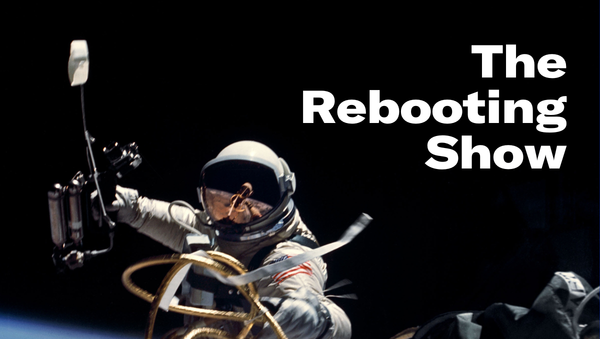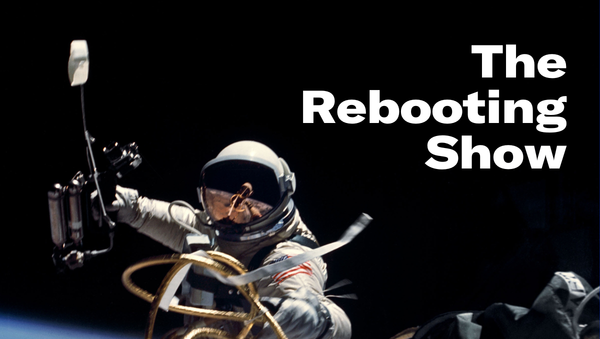Putting audience first
Aligning interests matters

Welcome to new edition of The Rebooting. Today's newsletter is presented by Omeda, which is holding a media industry event I attended last year and can vouch for as informative and worthwhile.

Omeda’s annual media industry summit returns to downtown Chicago on May 15-17! Join us for three days of learning, innovating and connecting with the media industry community – and stay for an evening party at the House of Blues Chicago.
Sign up now to secure the best available. Or take advantage of our group rate: Buy four tickets, get the fifth ticket for free.
Putting audience first
The unwinding of a large swathe of the previous era of digital publishing – the cuts will continue until margins improve – obscures a shift already underway that will guide the retooled survivors and the new players that inevitably emerge as markets change. The "sprouts of hope" in publishing are all focused on specific audience segments.
Publishing is a strange business because embedded within it is the contradictory needs to satisfy the needs of an audience and customers that are usually different. Add to that the need to cater to the algorithmic gods that determine distribution, and you have a messy business. It’s no surprise that the billionaire tech geniuses are regularly humbled when they swagger into the media business, only to find it is the perfect way to make a massive fortune smaller.
The essential challenge is aligning interests. The travails at many publishers speak to that misalignment, and rarely do these publishers fail because they focused too much on the audience. I used to say you could see internal dysfunction at publishers based on how complicated their navigation was. The sub-nave to a sub-nav speaks to nobody having the juice to make a call. Now it’s the baffling Battle of the Overlays on pages, where the audience sits helplessly as various departments duel with come-ons to sign up for a newsletter, turn on notifications, take a subscription, accept cookies, attend an event and so on.
It seems fairly obvious that a safe bet to make is to focus first and foremost on audience needs and work backwards. The catch is it’s incredibly difficult to pull off in many categories. It involves making tradeoffs like any decision.
What does an audience-first publishing business look like?




